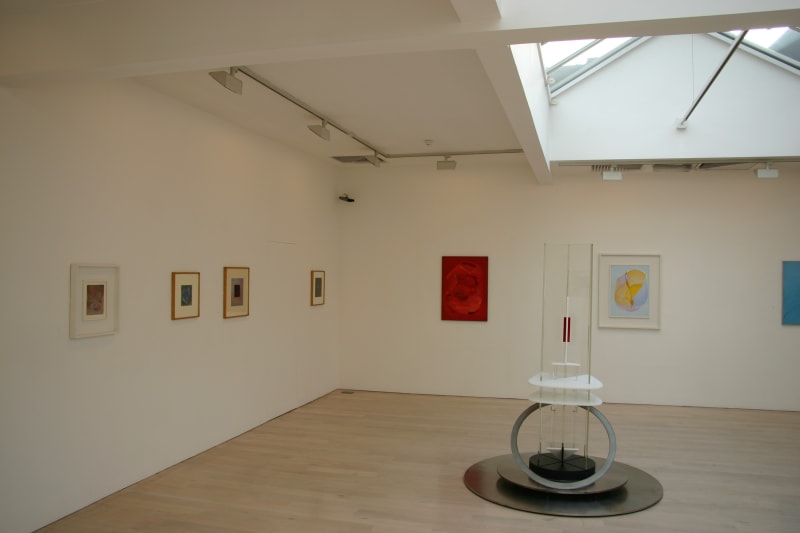Gabo was born in Russia in 1890 and became a pioneer of the Constructivist movement and one of the most important and influential sculptors of the twentieth century. Best known for his colourless Perspex and nylon sculptures Gabo’s constructions manifest his interest in engineering, constructive abstraction, and natural forms.
Gabo is less known for his two-dimensional work but this major exhibition offers a unique opportunity to see and understand this significant aspect of his work. The show includes over 60 paintings, drawings and prints from 1910 to 1973 – many previously unseen. Ranging from figurative paintings of his earliest period to abstract works that reflect the organic forms of his sculptures many of the works use vibrant colour. The exhibition also includes the large and important sculpture Column in which Gabo uses colour in the Perspex.
Gabo is not generally recognised as a colourist but this exhibition reflects his belief that ‘Shapes, colours and lines speak their own language. They are events in themselves and in an organised construction they become beings – their psychological force is immediate, irresistible and universal’. His daughter Nina recounts an anecdote of her father taking his wife Miriam’s paintbox as his own insisting that every artist’s household should have some paint. She also recalls how her father – at the cost of the Miriam’s blender – tried to grind lapis lazuli and other pigments to make his own colour. This show is testimony to his expression in colour as well as space and form.
This is the fourth one-man exhibition of Gabo’s works held at Annely Juda Fine Art (previous shows were held in 1987, 1990 and 1999). His work is represented in more than a hundred major museum collections including the Tate Gallery, London and the Museum of Modern Art, New York.
The show is accompanied by an 80 page colour catalogue including an essay by Michael Harrison, Kettle’s Yard, Cambridge.

